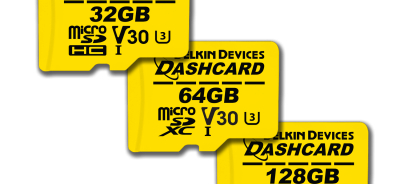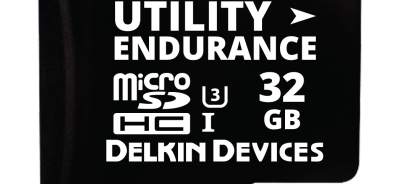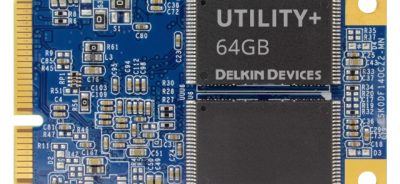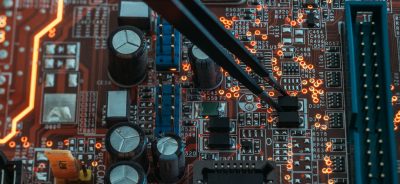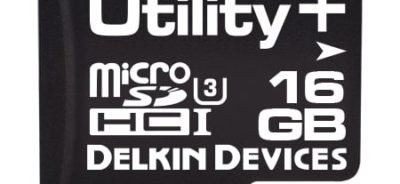How Long Do SSDs Last?
SSDs—or solid state drives—have many advantages over hard disk drives (HDDs). Despite the advantages, many people were slow to adopt SSDs because of concerns over their lifespan, and a few nagging doubts remain in the minds of some developers about the potential for lost data caused by an SSD failure. In reality, the stories of SSD failures and short lifespans are greatly exaggerated. SSDs are reliable and widely used in a variety of sensitive applications, ranging from healthcare to aviation. Here are the facts about how long SSDs last.
Differences Between HDDs and SSDs
In HDDs, rotating disks are used to save data on a magnetic plate. SSDs use electronic controllers and storage chips to store data. Although both types of drives provide data storage, there are problems with HDDs that make them more vulnerable than SSDs. The moving parts in HDDs make them prone to failure. Because SSDs don’t have any moving pieces, they don’t experience these kinds of failures. This makes them particularly useful in environments with extreme vibration and shock, which could throw off the moving components in HDDs.
The lifespan concern with SSDs comes into play with the NAND flash storage cards used for data storage. Each memory device has a limited number of times it can perform read and write operations, so eventually, they will reach the end of their usefulness.
SSD Lifespan Factors
So, how long do SSDs last? There is no simple answer to that question, as the lifespan is highly dependent on the type of flash storage used as well as how it is used. Typically, flash memory cards can perform between 3,000 and 100,000 program and erase cycles. The wide range of usage capabilities is affected in large part by whether the flash memory is designed for commercial or industrial use. Industrial grade memory lasts for the longest possible period of time. It also generally has integrated features for monitoring memory lifespan so that OEMs can take action when a card is close to failure. SSD lifespan is also affected by wear-leveling algorithms, which ensure that the cells within the memory cards are used as efficiently as possible to prevent some blocks of cells from being used more often than others, providing the longest possible lifespan.
Delkin can help you take control of SSD life cycle management with industrial grade embedded flash storage solutions. Please contact Delkin today for more information about SSD storage options.
 Login
Login Register
Register



